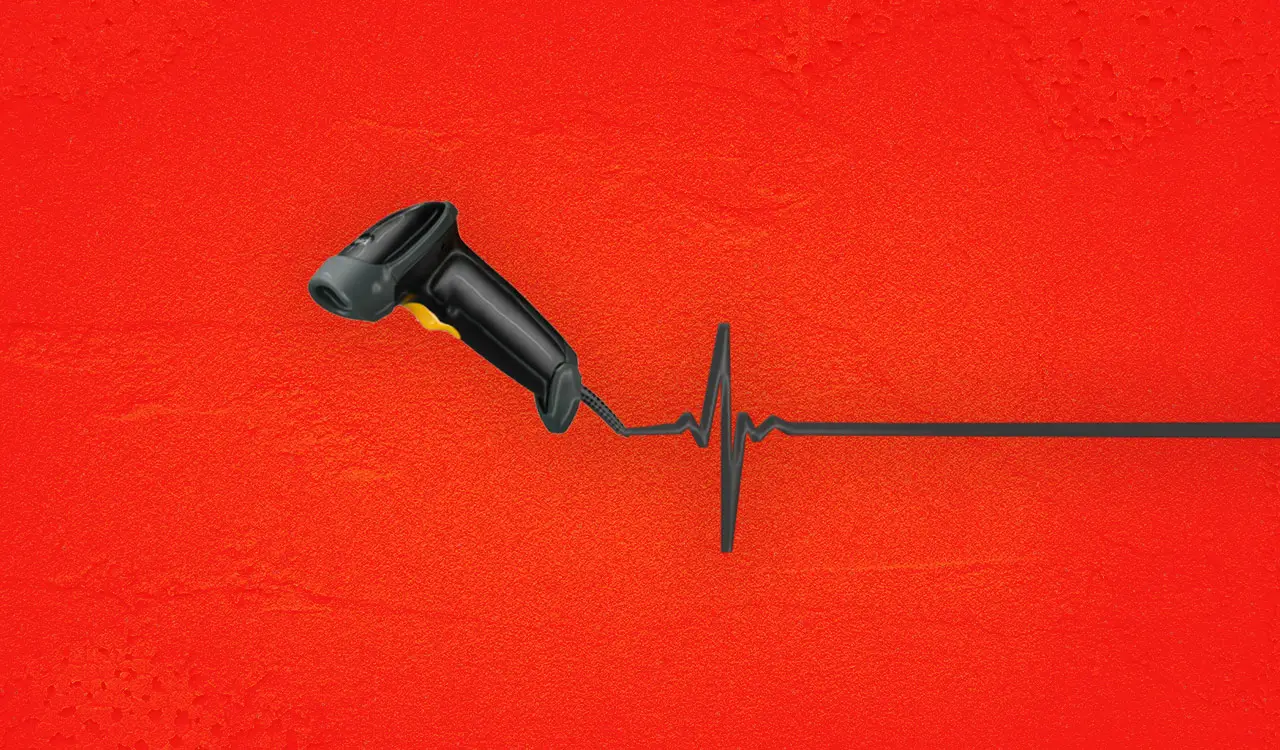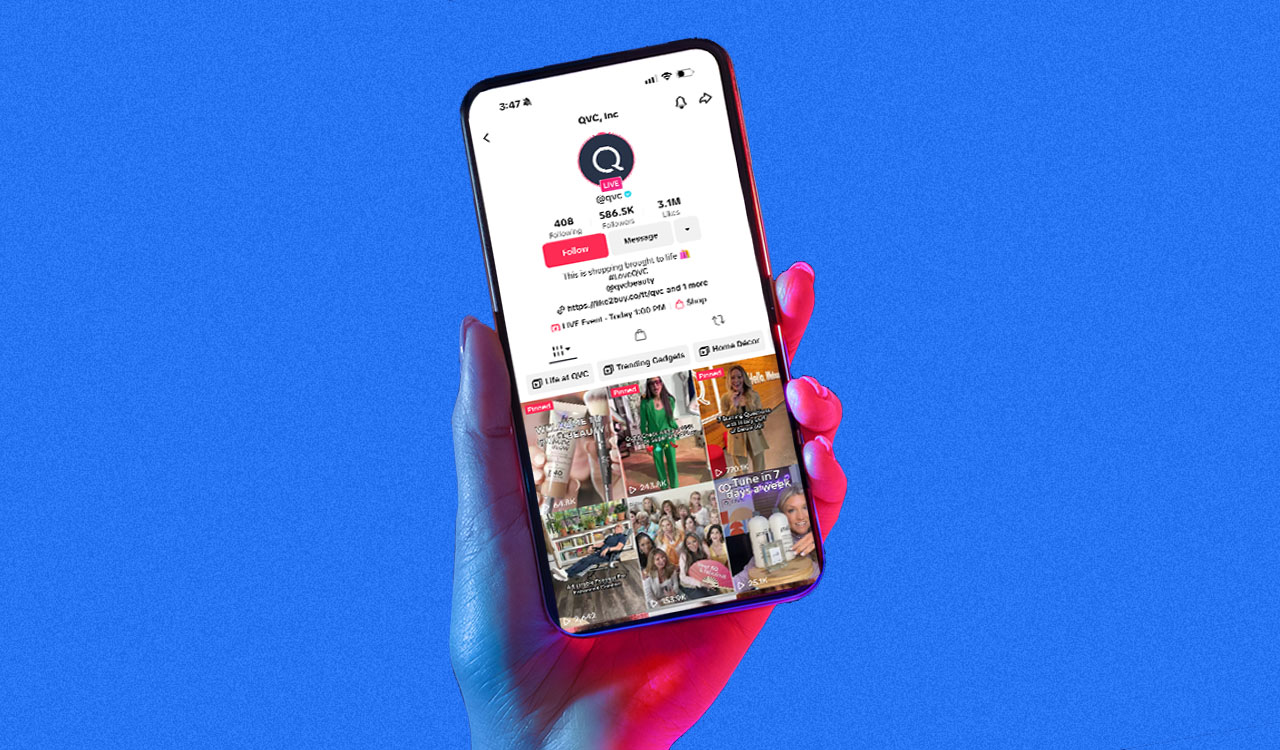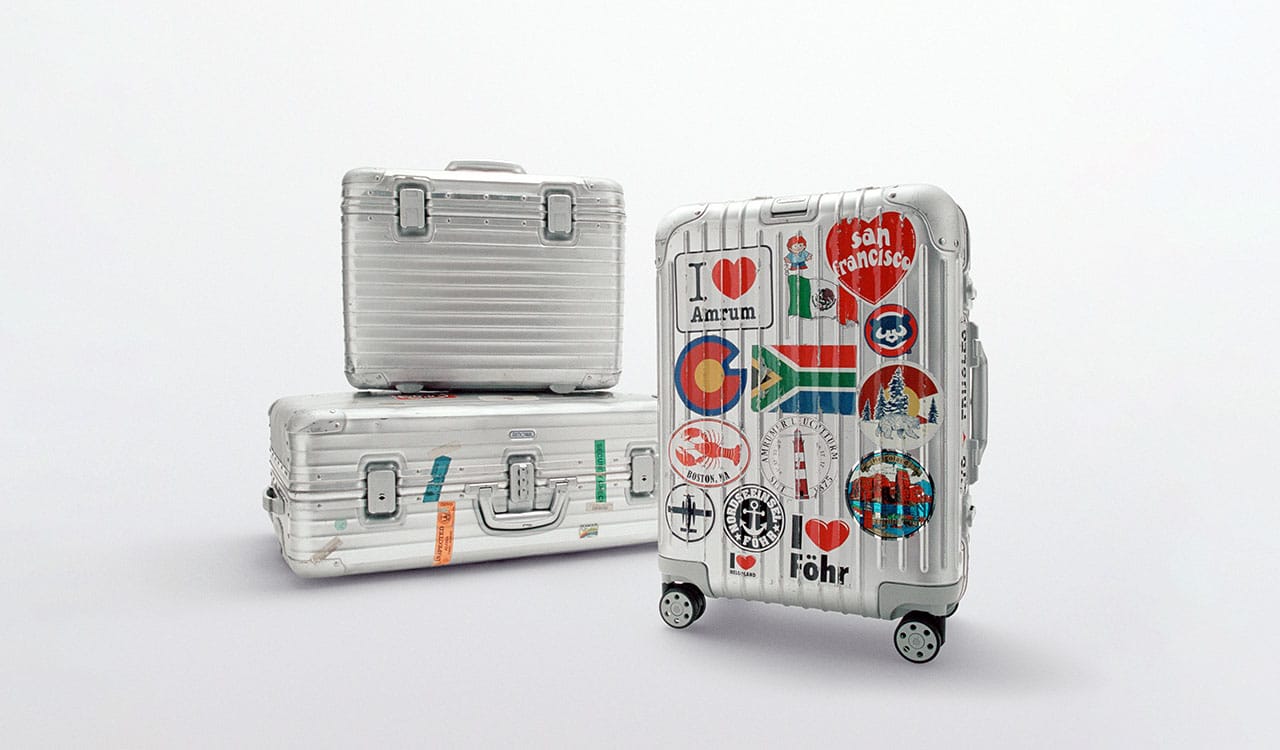Whether we were aware of it or not, over the past decade or so consumers in just about every Western industrialized country have been unwitting Guinea pigs in a mass laboratory experiment perpetrated by the retail industry: self-checkout.
Humans are inherently social beings, and the isolation brought about by automated systems goes against the grain of our societal evolution. Humans like other humans, it turns out.
And it’s been an all-around colossal failure. Eulogies, obits, and deathbed confessions are rolling in almost weekly. The Atlantic has called the idea a “failed experiment.” The Guardian has declared that the new technology has “failed to live up to [its] promise.” The Street has called retail’s embrace of the new systems a “big problem.” CNN has been even more scathing in its assessment of the new checkout platform, stating that it “annoys customers and helps shoplifters.” And just think – these are some of the more charitable assessments of self-checkout.
Self-Checkout Backlash
Spend some time on X (the erstwhile Twitter), TikTok and other social media and you will see that consumer frustration has now reached a breaking point. Despite the initial excitement surrounding this innovation, reality now has set in as the novelty of the new tech has given way to myriad problems and frustrations which has led to backlash not only for consumers but for retail operations managers as well. What was once a CFO dreamy fantasy that married lowered costs with operational improvements has become a nightmare for both shoppers and retail employees.
Unsurprisingly, given all the backlash, stores worldwide are reconsidering their reliance on self-checkouts, acknowledging the manifold challenges they bring to both consumers and the retail workforce. From the burdensome process for customers to the impact on employment and privacy concerns, self-checkout, although not yet on its deathbed, has been given a terminal diagnosis by the ecosystem that supports it. How long it hangs around is still very much open for debate, but there is no denying the grim reality that self-checkout is dying.
Five Uneasy Pieces
At this juncture, it may be worth examining why this new tech, which was so ballyhooed when it was first introduced to the market, has fallen into such utter disfavor. It boils down to five main reasons:
- Tedious Process. Self-checkout machines have certainly transformed the shopping experience, but not necessarily for the better. Instead of easing the burden on consumers, these machines shift the labor traditionally performed by cashiers onto shoppers – a fact that is not lost on anyone one bit. The once-simple act of paying for groceries has become a tedious process of scanning, weighing, and bagging items. It’s stressful. Constant errors and technical glitches further exacerbate the inconvenience, making self-checkouts a hassle for many.
- Job Losses. While efficiency is a key argument in favor of self-checkouts, the reality is that they continue to result in significant job losses. Part of the reason CFOs were sold on this new tech was the alluring prospect that by replacing human cashiers with automated systems, stores would be able to streamline their operations and reduce staff. Although this cost-cutting measure may benefit businesses’ P&L in the short run, it has left many workers unemployed while eroding brand equity and assailing worker morale.
- Invasion of Privacy. In a bid to combat shoplifting, self-checkout systems employ a variety of surveillance technologies, including cameras – which really stress out everyday shoppers who intend no ill will. While security is crucial for merchants, the extent to which customers are scrutinized and recorded raises concerns about privacy. The constant monitoring through cameras and other data-collecting mechanisms contributes to a feeling of being treated as a potential suspect, even for law-abiding shoppers. Such privacy violations, especially when targeting specific populations, demand careful consideration before embracing these systems.
- Waiting for Assistance. One of the supposed selling points of self-checkouts is the ability of a single staff member to oversee multiple machines – which we all know is a load of crock. During busy periods, this efficiency goes all Freddy Krueger and turns into a “Nightmare in Aisle 5” as both customers and overworked employees throw up their hands in disgust with this new technology. Age verification for certain products, errors in scanning, and other issues often require the assistance of store staff. This can lead to frustrating delays, turning the self-checkout process into a catastrophe and lengthy delay during peak times.
- Unreliable Technology. Despite efforts to implement self-checkouts based on expected demand, the kiosk often faces untold technical issues, leading to a significant reduction in functional stations. Breakdowns and errors contribute to longer lines than usual, even during quieter hours, disrupting what was sold as a “streamlined checkout process.” The unreliability of self-checkout technology raises questions about the effectiveness and true efficiency of these systems.
Bonus Reason: Lack of Human Interaction
Beyond the practical challenges, there’s a deeper concern about the lack of human interaction in self-checkout scenarios. Humans are inherently social beings, and the isolation brought about by automated systems goes against the grain of our societal evolution. In Europe, as I have previously reported for TRR, some supermarkets have even begun experimenting with “slow checkout” systems where cashiers engaging in chit-chat with customers is the point. Humans like other humans, it turns out. Go figure.
As we emerge from a period of increased isolation due to the pandemic, the absence of brief interactions with cashiers represents a step towards a disconnected and dystopian retail experience. Thus it is not at all surprising that across the globe, major retailers, including British supermarket behemoth Booths and big box chains in the United States like Walmart, Costco, and Target, have all started reevaluating their self-checkout strategies. Trader Joe’s won’t go near the tech.
Booths, for instance, is removing self-checkout stations in the majority of its stores due to customer dissatisfaction with the impersonal nature, slowness, and frequent misidentifications associated with these systems. According to a report in Fortune, company executives hate it perhaps even more than its customers. These strategic shifts highlight the growing recognition within the industry that self-checkouts may not be the panacea they were once believed to be.
Checkmate
Yes, the backlash against self-checkouts is so widespread that either the tech somehow leapfrogs into something entirely more user-friendly overnight, or its footprint will continue to lose square footage in retailers across the globe. Consumers and retailers alike are grappling with the downsides of this once-heralded technology, as its drawbacks are becoming increasingly apparent. As the industry navigates the evolving landscape of retail, striking a balance between efficiency and human connection is essential, and all indicators are pointing toward the demise of self-checkouts.
And for many this demise can’t come soon enough. Thank God and good riddance!





